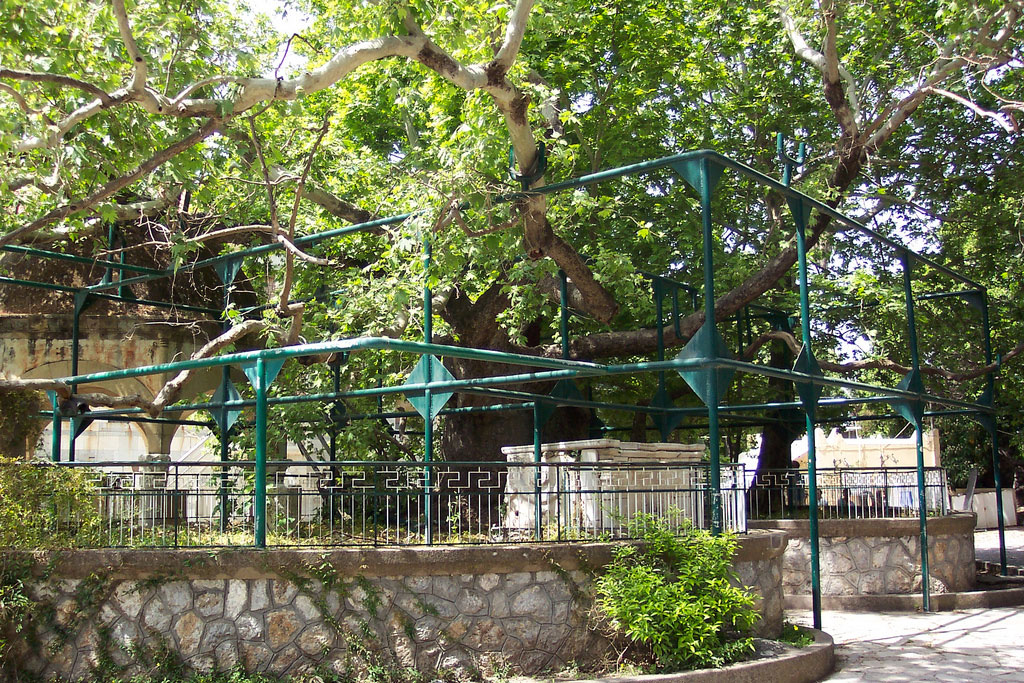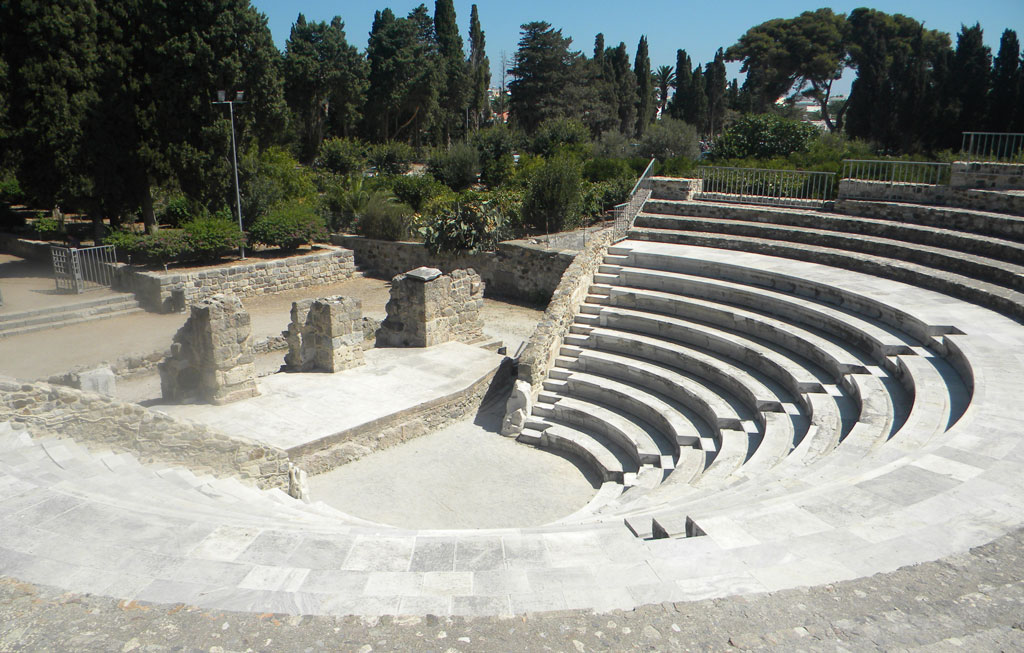If you’ve chosen to have your vacation in Kos, you surely know that you are about to come in an island with a very rich cultural heritage and many archaeological monuments. Some of them relate to antiquity, some to Roman times and some to the Middle age. So the cultural profile of this island is very particular and it’s worth visiting and exploring closely all these great monuments, that withstand over the years.
First of all, you should visit Asclepieion. This is the place where Hippocrates studied, worked and accomplished all his great achievements. The father of medicine is tightly accompanied with this place, that is dedicated to Asclepios, whom he’s also related with. Nowadays, you may watch here a representation ceremony of the Oath of Hippocrates and also admire the temples and altars that surround the place.
Furthermore, in a very prominent place at the harbor of Kos, stands the Plane tree of Hippocrates. Under this tree the great physician taught and admonished his students. Being over 2500 years old, it was vital that measures would be taken in order to protect and conserve this natural monument.
 The plane tree of Hippocrates
The plane tree of HippocratesIn 1st -2nd century AD, the Roman conservatory was built in Kos. It was mainly used for commission of musical contests, and perhaps that’s why it is amphitheatric. It is entirely made of marble and is now in a very good condition. In summer time, there are many cultural events taking place there and you’ll be amazed of the unique experience you are about to live.
On the east side, in a few meters distance, you can find the Roman house (Casa Romana). It is dated around the 3rd century AD and it is believed to have been the residence of a rich man of Kos. It has rich interior and exterior spangle and many marvelous mosaics and frescoes. The mansion is fully restored and open for visitors.
Around the middle of the 15th century AD, the great Medieval castle of Neratzia was built. The remains of the old town of Kos were used for the construction, while the architectural design of the knights is characteristic. Over the years it has many times been used to repel the numerous enemies of the island. Today, the castle is open not only for visiting, but also for watching musical and theatrical performances in a unique atmosphere that you shouldn’t miss.
To further improve the protection of the islands, the knights also built the Castle of Antimachia, while you may also find ruins of castles at Kefalos and Pyli.
 The Roman conservatory
The Roman conservatoryFindings of all these excavated places, and from many more, are being hosted in the Archaeological museum of Kos. It was built by Italians in 1935 and hosts statues, sculptures end exquisite mosaics, mainly from the Hellenistic period. There, you may see Kos through years and learn more about the long history of the island.




